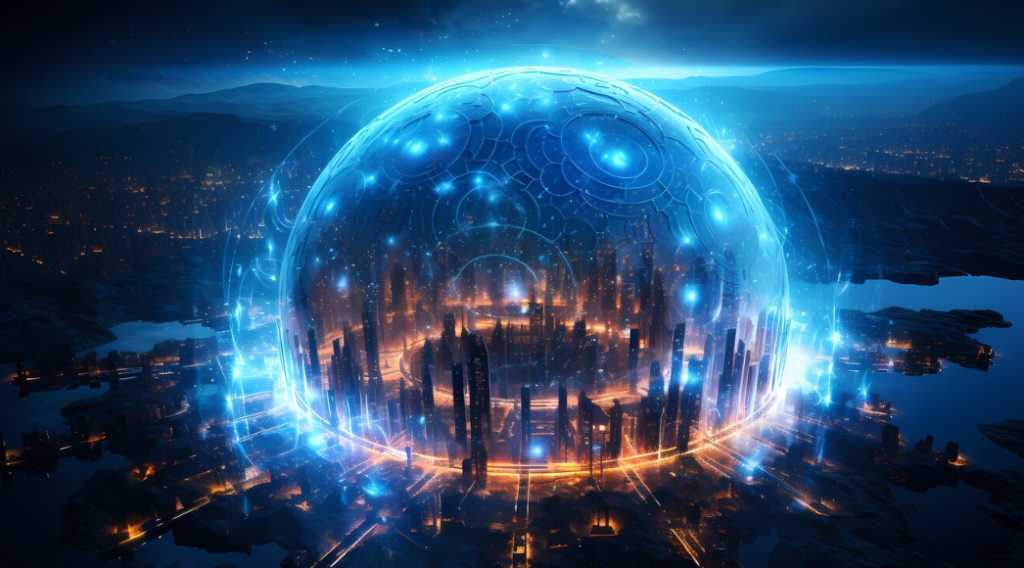The natural world has had billions of years to refine life through the process of evolution—trial, error, mutation, and survival. But what if computers could do the same? Could algorithms, like DNA, evolve and adapt without direct human programming? And if so, how far could they go?
This question lies at the heart of evolutionary computing, a fascinating blend of biology and technology that may redefine how we build, grow, and even understand software.
What Is Algorithmic Evolution?
Algorithmic evolution refers to the process by which software adapts, mutates, and optimizes itself over time through principles inspired by Darwinian evolution. Rather than being hand-coded step-by-step, programs are shaped by selection and variation, often with minimal human intervention.
This concept is often realized through:
- Genetic algorithms (GAs)
- Genetic programming (GP)
- Neuroevolution (evolving neural networks)
- Evolutionary strategies and swarm intelligence
Each of these systems simulates aspects of biological evolution—such as mutation, crossover, fitness selection, and reproduction—to “breed” better-performing code over time.
How Does It Work?
Here’s a simplified breakdown of how a genetic algorithm might evolve a solution:
- Initialization: A population of random solutions is generated.
- Evaluation: Each solution is tested against a “fitness function” that measures how well it performs.
- Selection: The best solutions are selected to reproduce.
- Crossover & Mutation: New solutions are created by mixing and mutating the best traits.
- Replacement: The weakest solutions are removed, and the new ones take their place.
- Repeat: Over multiple generations, the population evolves toward optimal solutions.
This can result in highly optimized, creative, and sometimes unexpected software behaviors.
Real-World Examples
- Antenna Design: NASA used evolutionary algorithms to design spacecraft antennas. The resulting shapes were unconventional—but highly effective.
- Game AI: Some video game developers use evolving neural networks to create non-player characters that learn from the player’s behavior.
- Robotics: Autonomous robots are evolving both in code and physical form, adapting to environments in ways human engineers wouldn’t predict.
- Finance & Logistics: Evolutionary computing is used to optimize trading strategies, supply chains, and scheduling systems.
DNA and Software: Are They Comparable?
While software and biological DNA are vastly different in medium, they share core ideas:
- Code: DNA encodes instructions for building proteins. Software encodes instructions for machines.
- Mutation: Random mutations in both systems can lead to better performance—or catastrophic failure.
- Selection: The environment (natural or digital) selects what survives.
- Inheritance: Traits can be passed down and recombined to form better versions.
Some researchers are even experimenting with biological computing, storing software code within strands of DNA—blurring the boundary further.
Challenges and Ethical Questions
Lack of Control
Self-evolving systems can become difficult to understand or predict. As software becomes more autonomous, human oversight becomes a challenge.
Safety and Alignment
How do we ensure that evolving AI systems remain aligned with human values? What if an algorithm “evolves” a solution that is technically optimal but socially harmful?
Intellectual Property
If no human directly wrote the code, who owns it? The developer? The machine? No one?
Toward Open-Ended Evolution
In nature, evolution never stops. Could software reach the point of open-ended evolution, constantly growing more complex without a goal in sight?
This idea mirrors the concept of artificial life—software organisms that aren’t just tools but digital lifeforms evolving independently in simulated environments.
If successful, we may someday witness a digital ecosystem where code evolves not just to solve problems—but to survive, compete, and thrive.
Conclusion
Algorithmic evolution holds enormous promise—and significant complexity. As we teach machines to write and rewrite their own rules, we may unlock levels of software innovation that human minds alone could never reach.
Whether we view evolving code as a tool, a partner, or a new form of life, one thing is certain: the future of software may be grown, not just written.


